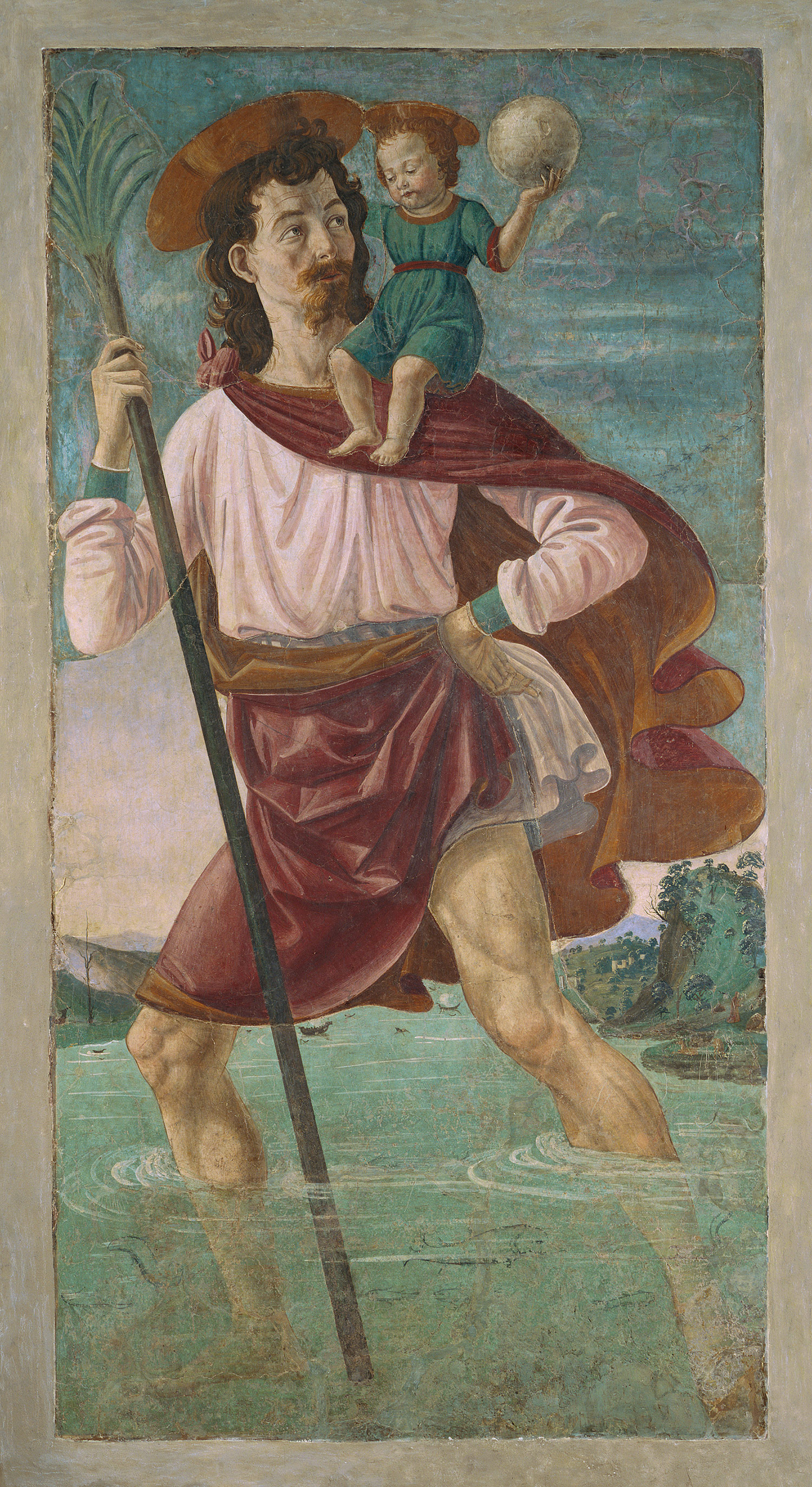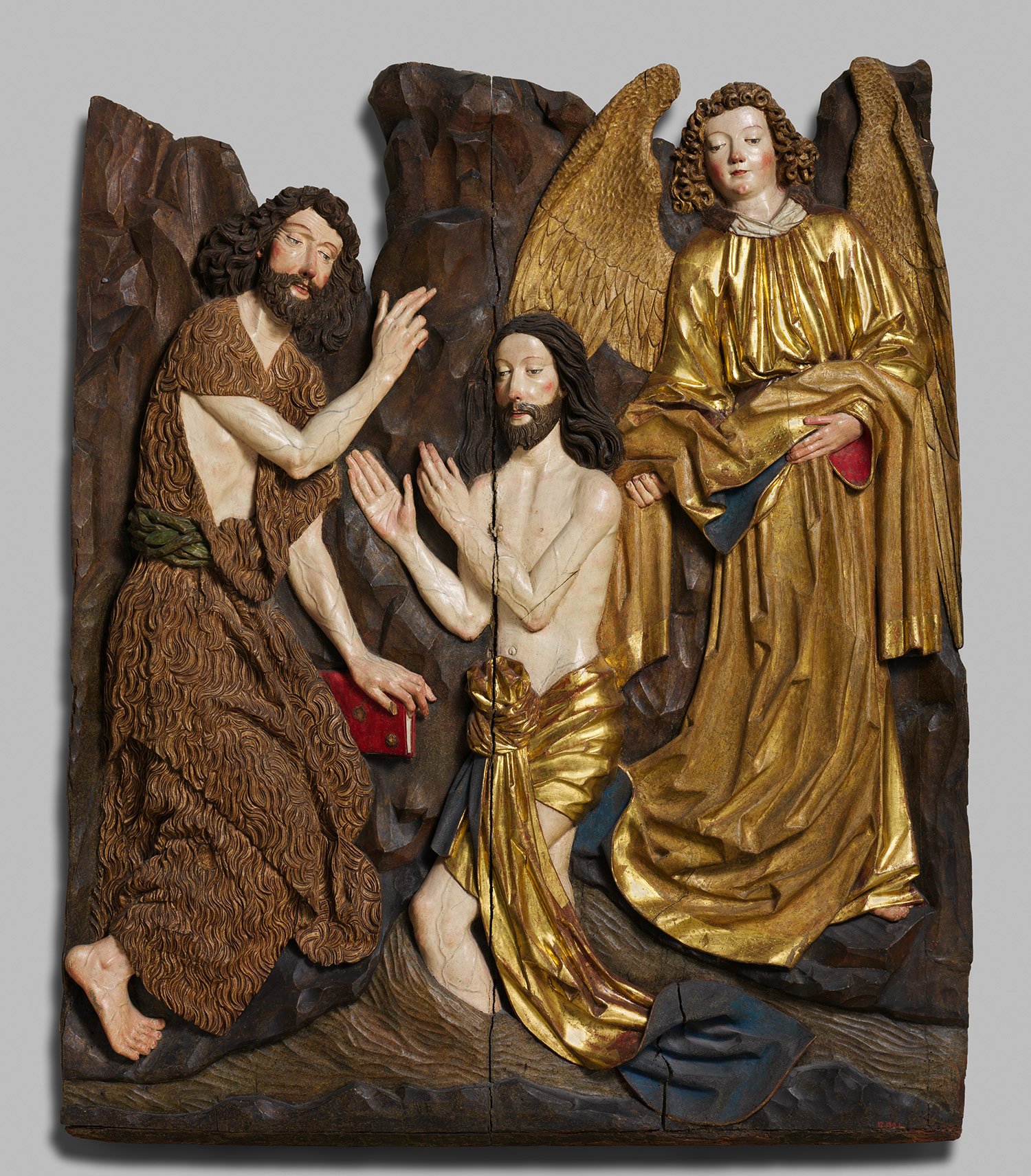John Berger opens his book, “The Ways of Seeing,” by saying that seeing comes before words. It seems obviously true when we think about children looking around them growing up or speaking face-to-face with someone. However, once our seeing translates into thoughts, it is distorted for several reasons. First, the way we see is affected and altered by what we know from the past or believe in. Second, when we look, we are making the choice to see. Usually this choice revolves around us. What we see, we want to relate to ourself. Seeing an image, as opposed to an original, contributes to this distorted seeing. An image is a reproduced sight or appearance. It is completely detached from its original place in time and is placed somewhere it does not belong. When we see an image, assumptions we have learned in the past take over and we can draw fewer conclusions. Each person has a different perception of art, and this idea is captured in the phrase “eye of the beholder.” Many artists had the intention to address only one single spectator, in many early cases, a religiously observant one. With the invention of the camera, the viewer has less imagination and so does the artist (or photographer). In order to see what is there, the person has to physically be there, and though it is not necessarily accessible to everyone, photographs are not unique. Art is more imaginative and is an art form itself, being used as home decoration and acting as a way to show off possessions. Reproductions of artwork change the meaning of the art based on its context. The viewer incorporates what is seen around, before and after a piece of art into its meaning. Certain points of history are considered in the thought of pieces of art, making them timeless and showing that nothing has changes. However, this is clearly not the case. A loss of respect is evident because art of the past exists differently now.
A large part of art is the objectification of humans, and specifically women. When a woman is portrayed, it is her own attitude toward herself that is shown. Her presence shows what can and cannot be done to her. Everything contributes to this- the background, her gestures, the brushstrokes. On the other hand, a man’s presence in a painting is established by his promise of power. He says what he is capable of doing for you or to you. Though his presence could be somewhat superficial, it still sends the masculine message across. In general, Berger claims that women “appear” and men “act” in their paintings. A woman is seen as a subject by a spectator, and that ideal spectator is a man. This subject has one of the most influential effects on perception. Women appear in paintings without clothes, but Berger also claims there is a difference between them being naked and nude. Naked simply means they are not clothed, they are bare and not in any disguise. Therefore they are exposed to others. However, it is also familiar because there is no mystery or hidden anything. Nude is the true art form, though, and has been conventionalized.
As mentioned earlier, painting in some periods of time represented wealth and were a way to show off possessions. Oil paintings expressed a view of life. They were put in homes the same way furniture decorates an apartment and displays unique objects. However, these oil paintings represented the interests of the ruling class at the time. Though this dominates over lower classes and those lacking commodities, the value of these oil paintings creates an equality of objects as it used as a commodity. It is real, tangible and represents the visible possessions one might have. Berger refers to the oil painting as an “imaginary window open to the real world.” Created to view the real world again, it shows we are obsessed with the material world.
Finally, Berger discusses the publicity of images. We tend to thing of these as advertisements but a lot of images in paintings all send a message that try to change our thoughts or actions. This sounds like propaganda. Public images are continuously made up-to-date to accommodate changing peoples and times. Though they are changing, they do not speak of the present, but rather either refer to the past or speak of the future. They are explained as benefitting the public and therefore the economy and therefore our society, offering free choice, though it is not very free when the choice is offered within a limited realm of one thing. Public images show transformations in other people who aren’t real, but show real situations that the artist wants to instill in the viewer. Public images are meant to change the consumer society to envy the people featured in the art, change them in a way that they think their life will be improved, they will earn more money and become happier and more popular and more beautiful. It is different from the oil painting because the viewers are buyers, not simply spectators. The message sent is to become the person in the advertisement in the future (not in the present).
Alice Elizabeth Chase discusses the art techniques that different cultures have used over time to send a specific message across, where Berger mainly discusses the perceiver and what they see in a painting. While they both agree that the artist has intention, Chase discusses how this intention comes across in the painting or image.
Chase, agreeing with Berger, says that the camera records the way things look. In other words, it is what it is. However, she says an artist is representing something and so they have to make choices to depict subjects if they want to make it seem like reality. Tools like coloring, shading and perspective help contribute toward or take away from the realism of a piece of art.
The realistic pieces of art each have different purposes. In many cases, it is illustrating a story or poem. Some times, even a writing accompaniment is supplied to fulfill the prose. Together, they give the viewer a perception. Different cultures consider different subjects more important for different reasons. Landscapes were popular and were portrayed in many different manners to portray a message or culture or heritage. In medieval times, artists wanted viewers to see the presence of God and religion.
The painting techniques Chase discusses make the reader and viewer consider the importance or insignificance of certain objects and certain ideas. For example, the position of objects and people either in the center of the frame or near the edge show their importance. Small figures versus large figures also send the clear message of dominance or lack thereof. Intimate views show love, dramatic colors are used to emphasize something or a theme, modification of times create illusions that send messages of continuation or exemplify something. Paintings of houses using color in the nineteen century were shown to possibly display possession, ownership and wealth. Patriotism is a theme that can come across in artwork using these techniques. The things people want to see are reinforced art-wise and therefore reinforce patriotic values of that country.
Artists recording what they see requires incorporation of their emotions and thoughts. These are shown through the brushstrokes and other artistic techniques. The techniques used to emphasize objects can be historical or patriotic but also can show what the artist thinks is important to his or herself. They send their messages of personal feelings on a topic through their artwork as well.
As time went on, artists realized that the realistic portrayal of certain scenes was not accurate and was difficult to attain. However, alteration of color and disproportions shown in profile views of people changed over time. Artists first began using space representation to make an emphasis or exaggeration, as well as light and shade. The main development was in perspective, as artists began to use more diagonal lines and convergent lines to make their images appear more closely to what the human eye sees. Study of this art makes the images more accurate more recently. The distortion is unconscious if not intense because our minds just fix it and make the proper adjustments. However, a camera’s photographs can still distort our image based on depth and angle.































